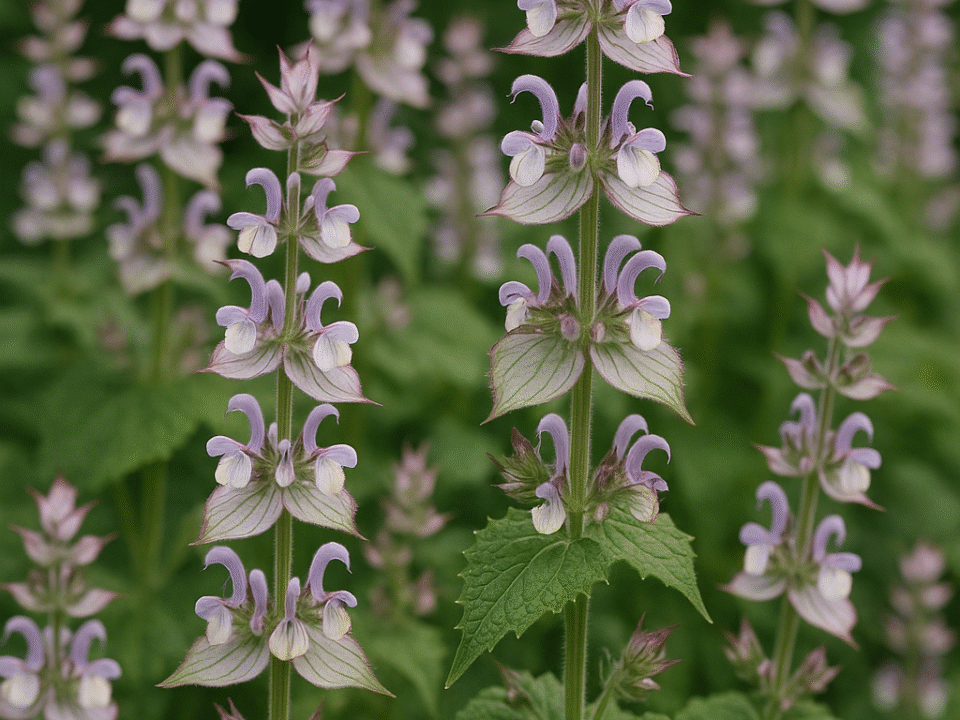
Trehalose, also known as mycose or temalose, is a type of sugar which consists of two molecules of glucose. The term “trehalose” originates from the Biblical phrase ‘trehala manna’ and an alternate name ‘mycose,’ linked to the sugar’s source from mushrooms. Often referred to as ‘Resurrection Sugar,’ trehalose holds the ability to revive plants and insects when exposed to harsh conditions.
Numerous organisms, including bacteria, yeast, fungi, insects, invertebrates, and plants, possess the capability to produce trehalose, while mammals lack this ability.
Trehalose possesses a captivating trait: aiding plants and insects in enduring and recovering from extreme circumstances. This attribute stems from trehalose’s unique moisture stabilization process, resembling freeze-drying. At a molecular level, trehalose has demonstrated its cytoprotective effect on cells encountering diverse stressors like oxidative harm, dehydration, and temperature fluctuations. Mitochondria, integral to cells, have been observed to maintain their essential characteristics, including membrane integrity and ATP synthesis when preserved with trehalose during freezing.
In the realm of cosmetics and skincare items, trehalose serves multiple roles, functioning as a moisturizing agent, skin protector, and antioxidant.
Trehalose operates as a moisturizing agent for the skin due to its resemblance to the Natural Moisturizing Factor found within the skin’s epidermis. The Natural Moisturizing Factor encompasses a range of elements, such as amino acids, PCA, lactates, sugars, salts, urea, and peptides. These components collaborate to maintain the skin’s surface integrity, suppleness, and hydration. Over time, the Natural Moisturizing Factor may diminish, and exposure to harsh elements like drying cleansers and denatured alcohol can further deplete it. This can result in visibly dry, tight, and flaky skin.
Trehalose, being a sugar, imitates the sugars present in the Natural Moisturizing Factor, effectively attracting moisture to uphold skin hydration. The skin’s barrier, pivotal for shielding against bacteria and allergens while preserving water levels, is enhanced by this action.
Beyond moisturization, trehalose possesses the ability to safeguard essential cellular components. It can form distinct structures above cell membranes that shield molecular configurations from harm. When trehalose encounters water, it establishes a crystalline arrangement with adjacent water molecules. This alteration of water’s structural and dynamic attributes allows it to create a distinctive bond with water molecules, bolstering its capacity to safeguard the skin’s biological structures.
Trehalose’s innate protective mechanisms aid in preventing skin and hair damage due to exposure to harsh environmental factors like UV radiation, pollution, smoke, and irritants. Furthermore, trehalose has been demonstrated to shield fibroblasts, the collagen-producing cells in connective tissue, from dehydration. These attributes render trehalose an advantageous ingredient in formulations tailored for sensitive skin, as overexposure to skin-detrimental environmental elements such as sunlight, extreme temperatures, wind, and dry conditions significantly contribute to skin sensitivity.
Trehalose also operates as an antioxidant, though the precise molecular mechanisms underlying this role remain unclear. It is believed to possess antioxidant characteristics. Generally, antioxidants counteract free radicals, which arise from oxidative stress—a normal aspect of cellular function that can be exacerbated by age, UV damage, and environmental factors. Free radicals inflict damage on the skin and are linked to visible signs of aging. Antioxidants counteract oxidative damage caused by free radicals.
Trehalose is considered safe for use in skincare and cosmetics. Research has not indicated any adverse effects resulting from trehalose usage. Overall, trehalose is well-tolerated by the majority of people and is safe to use on a daily basis.



